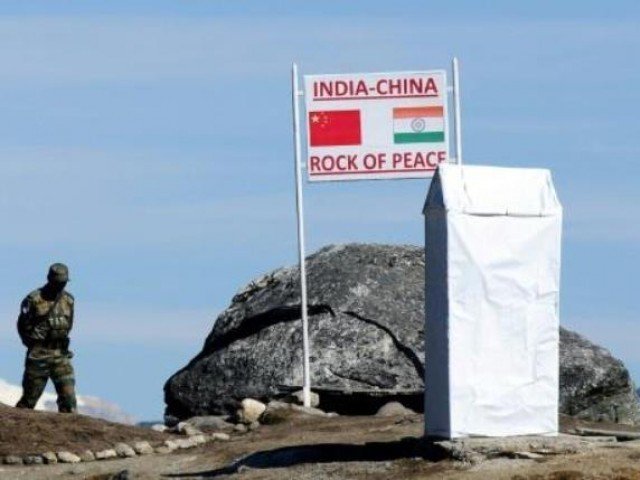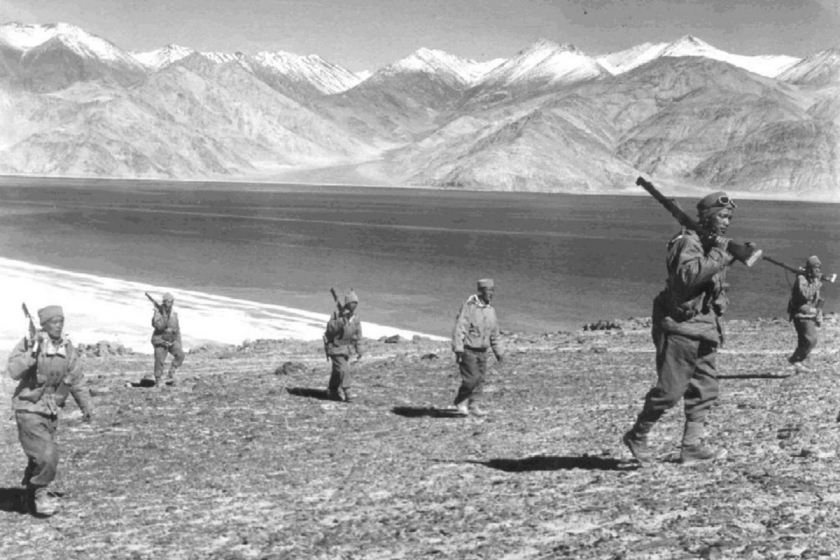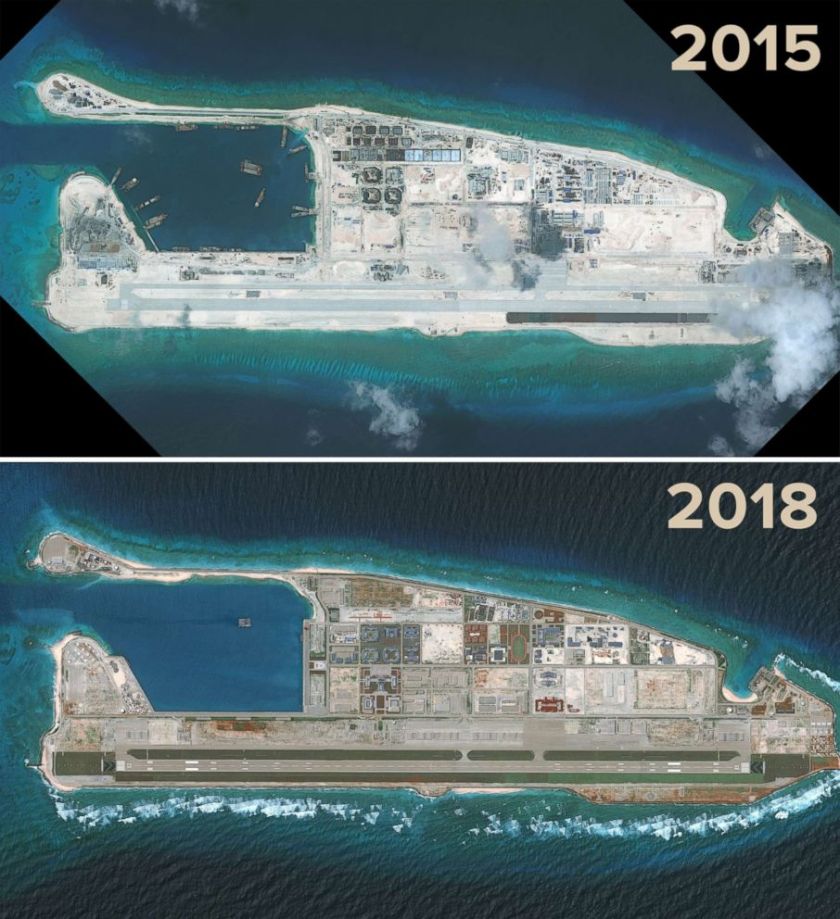Chinese and Indian troops have come to blows along their disputed Himalayan border in the Sikkim region. No shots were fired during the latest in a series of minor skirmishes between the opposing forces, which typically comprise little more than fisticuffs.
Whilst the latest squabble was resolved by local commanders in a matter of hours, it serves as a reminder of another potential flashpoint between two rising global powers. As with Chinese encroachment in the South China Sea, a spat could quickly descend into full-blown conflict, which given the remoteness of this particular region may prove difficult to rein back.

The Indian state of Sikkim borders the Chinese-controlled Tibet Autonomous Region, itself a source of contention in Sino-Indian relations. An independent Buddhist kingdom was established in Sikkim in the 17th century, although it was plagued by frequent Nepalese incursions. In 1791, the Chinese Qing dynasty sent troops into Sikkim to help oust the Nepalese forces, establishing a degree of influence over the kingdom that they retained for over a century.

Prior to this, India and China had already engaged in a brief, albeit bloody, war. A line of control had been tentatively established along the approximately 2,000-mile Himalayan border between the two nations in 1959. This followed a series of skirmishes precipitated by the Tibetan Uprising, during which India offered asylum to the fleeing Dalai Lama, much to Beijing’s chagrin. Already angered by this, and the Soviet support for India after the Sino-Soviet split, China launched coordinated offensives across the line of control in October 1962.
Over the course of a month, more than 2,000 troops were killed on either side as fighting took place in some of the harshest conditions imaginable. The People’s Liberation Army (PLA) forces proved too strong for their Indian counterparts, advancing to the territorial extent of China’s claim and in Beijing’s words ‘securing China’s western border’. China declared a universal ceasefire and an uneasy line of control was re-established, with the Indians left to lick their wounds.

What is particularly astonishing is that a similar war has not occurred again between India and China. Across such a vast and unpopulated border, it would be easy to imagine that military skirmishes could progress quite rapidly without many people being aware. But aside from the odd exchange of fire in the 1960s and 1980s, plus a standoff over China’s incursion on Bhutanian territory in 2017, the status quo has held.
Whether China will continue to exercise restraint in the coming years is far from certain. Xi Jinping has been increasingly willing to play the revisionist role in recent years, in stark contrast to his predecessor Hu Jintao. Beijing’s brazen island-building in the South China Sea – a Chinese territorial claim with equally dubious historic grounding as their Sikkim stake – has gone unpunished and offers advanced power-projection opportunities for the PLA Navy.
India is far from a military novice and its army is well-trained and equipped. That said, the Chinese have invested considerable money and energy in modernising their military in recent years, whilst streamlining their army for a more efficient PLA fighting force. It would be hard to imagine the Indians resisting a new Chinese incursion and whether the international community would come to their aid over a few disputed border posts high up in the mountains is highly debatable.
It would therefore not be inconceivable for Xi to test New Delhi’s metal – not the mention that of the Western powers – by endeavouring to bite a chunk out of Indian territory. This would be particularly imaginable during a period of internal disquiet in China, with Xi resorting to the tried and tested nationalist advance in a bid to win over dissenters potentially frustrated by an economic downturn in the wake of the cornoavirus.

For now, major conflict has been averted and there is certainly no reason to believe that either Beijing or New Delhi would want another war with their large neighbour. That said, through its moves in the South China Sea, and its aggressive mercantilist drive through the ‘Belt and Road Initiative’, China is sowing the seeds for future agitation as it seeks to further tilt the regional balance of power in its favour.
It may not be a disagreement many people are familiar with, or concerned about, but the Sino-Indian border dispute has the potential to degenerate from a minor crisis to a major conflict if poorly handled. An international mediation to settle the dispute and more firmly fix the Himalayan borders, whilst unlikely to hold much sway with Beijing and New Delhi, must be worth a go. Otherwise it could be a case of ‘what if’ for the global powers in the years to come.
